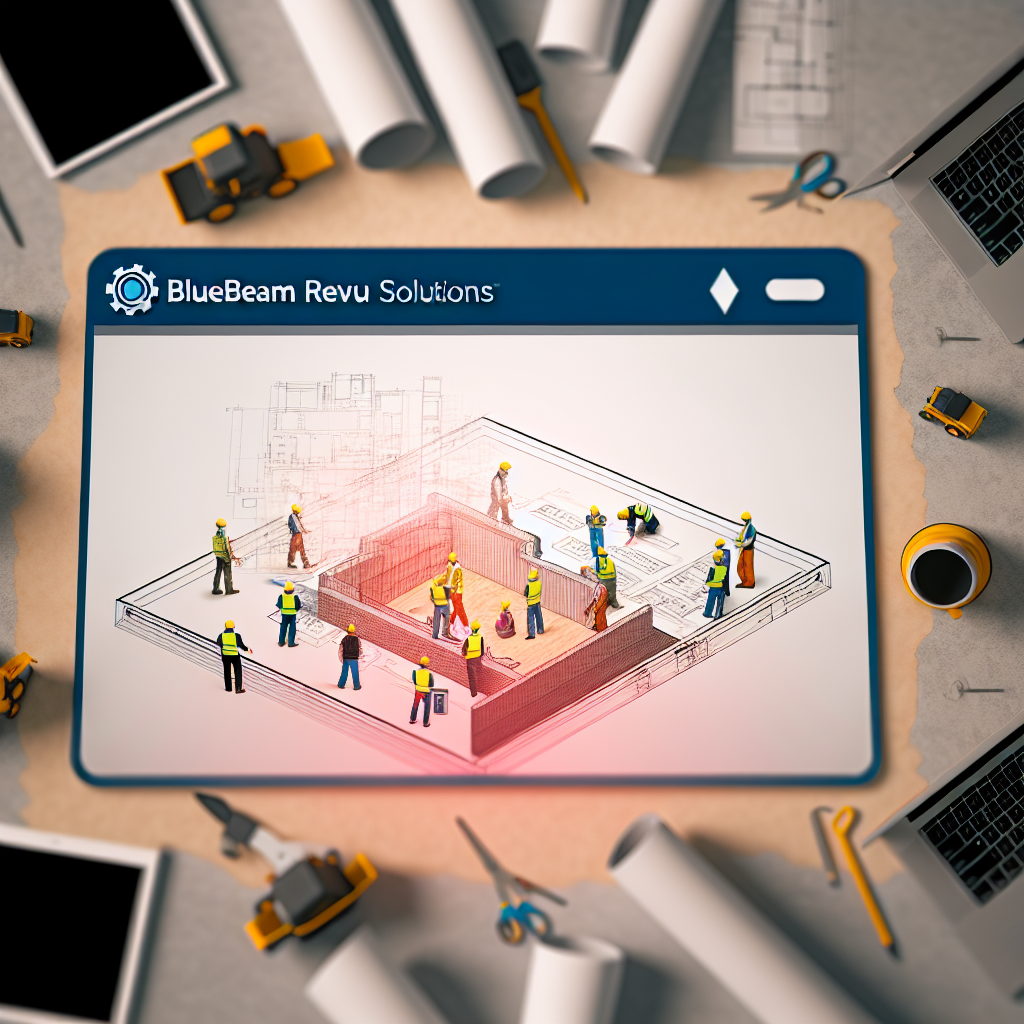In today’s fast-paced construction and design industries, streamlining the BIM (Building Information Modeling) workflow is essential for enhancing collaboration, reducing errors, and accelerating project delivery. Managed Design leverages Bluebeam Revu to transform traditional BIM processes into efficient, seamless operations. This article explores how Bluebeam Revu can expedite your BIM workflow for maximum productivity.
Enhancing Collaboration and Document Management with Bluebeam Revu
One of the core advantages of integrating Bluebeam Revu into the BIM workflow is its **robust collaboration features**. Bluebeam Revu’s **Studio** platform allows multiple stakeholders—designers, architects, engineers, and contractors—to work on the same project files in real time, regardless of their physical location. This cloud-based environment significantly reduces delays caused by document versioning issues or misplaced files.
Moreover, Bluebeam Revu offers advanced **markup** and **annotation** tools that streamline communication among project teams. Instead of lengthy email chains or confusing paper notes, team members can directly annotate PDFs with comments, measurements, and design proposals. These annotations are **editable and shareable**, providing a comprehensive record that expedites decision-making and minimizes errors.
Further, the software’s **efficient document management system** allows for easy cataloging, searching, and filtering of BIM-related files. This capability ensures that critical information is always accessible, enabling teams to swiftly locate project details and reduce downtime. When combined with Managed Design’s expertise, using Bluebeam Revu transforms document handling into an integrated, time-saving process that accelerates project timelines.
Automating Workflows for Faster Project Delivery
Beyond collaboration, Bluebeam Revu enhances productivity through its **automation features** that are vital in expediting BIM workflows. Custom macros, scripts, and batch processing tools enable repetitive tasks—such as document conversion, markup stamping, or form filling—to be completed with a single click. This significantly cuts down on manual effort and frees up team members to focus on higher-value activities.
For example, **customized stamping templates** can be used to quickly approve or review drawings, ensuring consistent documentation standards across all project phases. Additionally, Bluebeam’s **quantity takeoff tools** provide accurate measurements directly from PDFs, streamlining cost estimation and material procurement processes. When implemented with Managed Design’s guidance, these automation capabilities help teams maintain tight schedules while ensuring precision.
Finally, by integrating Bluebeam Revu with existing BIM software platforms, teams can establish **automated workflows** that synchronize data across multiple tools, further reducing redundant tasks and manual data entry. This level of automation ensures that information flows smoothly between design, review, and construction phases, delivering faster project completion without sacrificing quality.
Conclusion
Incorporating Bluebeam Revu into your BIM workflow with Managed Design expertise can significantly accelerate project timelines by improving collaboration, streamlining document management, and automating repetitive tasks. These enhancements lead to increased accuracy, reduced errors, and faster decision-making processes. Embracing these tools prepares your team to meet project demands efficiently and effectively, ensuring success in today’s competitive landscape.
